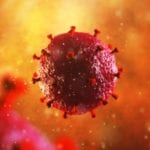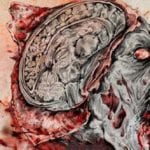 Weird Stuff
Weird Stuff  Weird Stuff
Weird Stuff  Movies and TV
Movies and TV Top 10 Ghost Adventures Episodes That Will Haunt You Forever
 Animals
Animals Ten Animals That Produce and Store Toxins in Unlikely Places
 Weird Stuff
Weird Stuff 10 Weird Things That Warp Your Sense of Time
 Miscellaneous
Miscellaneous Ten More Extremely Unexpected U.S. State “Firsts”
 Humans
Humans 10 Ideas That Scare People to Death
 Music
Music The Cursed Decade: 10 Classic Rock Stars Who Had Low Periods in the 1980s
 Health
Health 10 Crazy Ways Sleep Deprivation Can Affect You
 History
History 10 Enthralling Facts about the Field of Cloth of Gold
 Pop Culture
Pop Culture The Ten Greatest Engineers in Science Fiction History
 Weird Stuff
Weird Stuff 10 Surprising Things That Were Designed to Stop Evil Behavior
 Movies and TV
Movies and TV Top 10 Ghost Adventures Episodes That Will Haunt You Forever
 Animals
Animals Ten Animals That Produce and Store Toxins in Unlikely Places
Who's Behind Listverse?

Jamie Frater
Head Editor
Jamie founded Listverse due to an insatiable desire to share fascinating, obscure, and bizarre facts. He has been a guest speaker on numerous national radio and television stations and is a five time published author.
More About Us Weird Stuff
Weird Stuff 10 Weird Things That Warp Your Sense of Time
 Miscellaneous
Miscellaneous Ten More Extremely Unexpected U.S. State “Firsts”
 Humans
Humans 10 Ideas That Scare People to Death
 Music
Music The Cursed Decade: 10 Classic Rock Stars Who Had Low Periods in the 1980s
 Health
Health 10 Crazy Ways Sleep Deprivation Can Affect You
 History
History 10 Enthralling Facts about the Field of Cloth of Gold
 Pop Culture
Pop Culture The Ten Greatest Engineers in Science Fiction History
10 Human Diseases That We’ve Given To Mice
Mice are great research tools. Scientists can inject them, infect them, dissect them, and learn all sorts of useful things relevant to human health.
A lot of diseases, though, just afflict humans. To study these diseases in mice, scientists have to get creative. Some of these creative maneuvers include hormone treatment, tissue transplants, or gene transfer. Afterward, the mice become just a little more human.
Sometimes, as with complex psychological disorders, the challenge is ridiculously hard. So scientists have to settle for just mimicking a few symptoms.
10 Gonorrhea
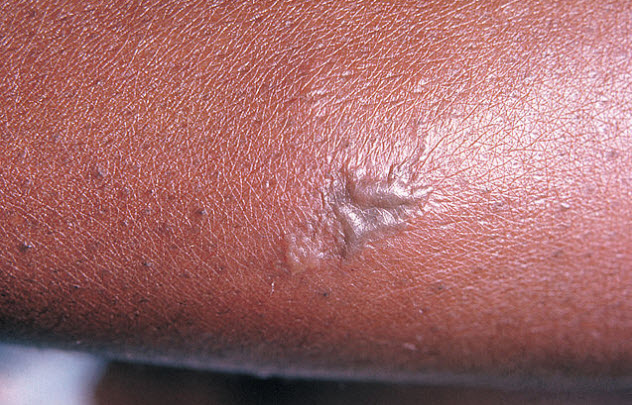
Gonorrhea is an STD caused by a bacterium, Neisseria gonorrhoeae. In nature, it only infects humans.
In the lab, scientists have used syringes to inject N. gonorrhoeae into the vaginas of many mice. But N. gonorrhoeae doesn’t really like living in mice. So the infection doesn’t usually take.
After a lot of troubleshooting, scientists discovered that there is a brief window during the estrus cycle when conditions in the mouse vagina are just right. During that window, N. gonorrhoeae can thrive.
Normally, that window passes quickly. By treating mice with a female sex hormone, 17β-estradiol, scientists can prolong this window. After this estrogen boost, the mouse vagina can host N. gonorrhoeae for many days.
With these mice, scientists have been able to test new medicines. They’ve also been able to study the curious fact that one infection often does not confer long-term immunity. Like humans, mice can often be infected again after recovering from their first bout.
In the real world, people rarely have gonorrhea in isolation. As much as 70 percent of the time, a gonorrhea infection is accompanied by a chlamydia infection. To study this problem, scientists have also made double-STD mice. To build these models, they inject two kinds of bacteria into the mice’s vaginas: C. muridarum and then N. gonorrhoeae.
9 Alzheimer’s Disease
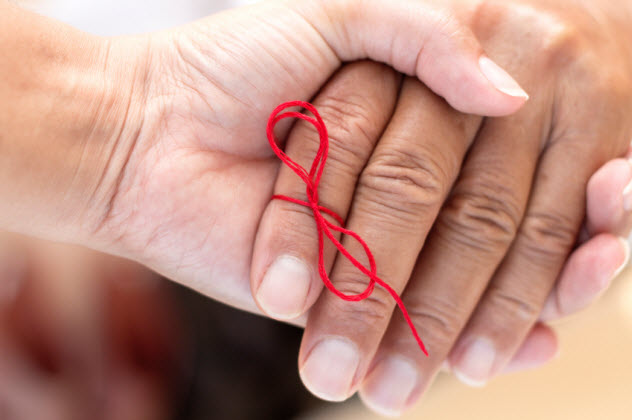 Alzheimer’s disease is a degenerative disease that affects the brain and can cause severe memory loss. In the brains of Alzheimer’s patients, many clumps of protein called plaques appear. These plaques are formed out of pieces of a protein called APP.
Alzheimer’s disease is a degenerative disease that affects the brain and can cause severe memory loss. In the brains of Alzheimer’s patients, many clumps of protein called plaques appear. These plaques are formed out of pieces of a protein called APP.
There are many ways to build Alzheimer’s mice. Several rely on a mutant form of APP, which is found in two Swedish families. In these families, Alzheimer’s arrives unusually early, while the patients are still in their fifties.
Many Alzheimer’s mice show memory loss. To measure this, scientists have used several tests. One is called the Morris water maze. In this test, mice must remember the location of a hidden platform set inside a pool of water.
Another test is called the novel object recognition test. A mouse is presented with two objects: one that it has seen before and one that it hasn’t. Normal mice spend more time exploring the new object. Alzheimer’s mice can’t seem to tell the difference.
8 Measles
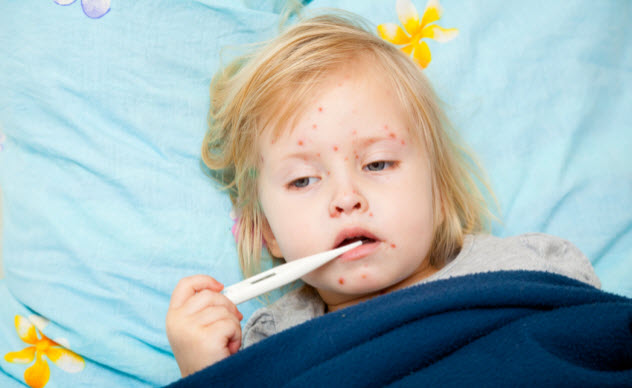
Measles is caused by a virus. In most cases, it leads to fever and spots on the skin. In rare cases, it can also cause brain damage or death.
In the natural world, measles only infects humans. The virus enters human cells at one of two receptors: CD46 or CD150.
To render mice susceptible to the measles, scientists have introduced the genes for these receptors into mice. After infection, some of these measles-mice develop severe reactions.
In a 2006 paper, for example, scientists transformed mice with the human CD150 receptor. Then they infected these mice with the measles in two different ways: by injecting the virus into their nostrils or directly into their brains. After infection, many of the mice faded rapidly. They lost control of their movements, developed seizures, and died.
The severity of the case depended on the age of the mice. Newborn mice were always goners, but four-week-old mice always survived. In two-week-old and three-week-old mice, the death rate was somewhere in the middle.
7 HIV
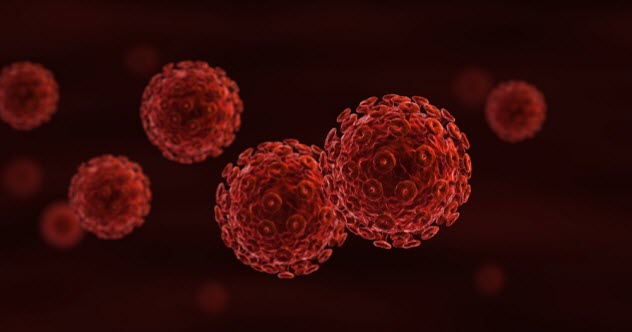
To date, HIV has killed about 39 million people. Millions more are infected every year.
To infect a human cell, HIV binds to receptors on the cell surface. In chimpanzees, our close cousins, these receptors are similar. So HIV can infect chimps, too.
Mice, though, are much more distantly related. In the 90 million years since mice and primates split ways, these proteins have also changed. As a result, HIV can’t infect mice.
One way to fix this problem is to transfer human genes into mice. However, at least three human genes are needed to help HIV thrive in a mouse.
A more popular approach is to build mice with human immune systems. This involves some human-to-mouse cell injections and often some surgery. Such mice are called “humanized.”
One variety of humanized mouse is called BLT, a reference to the bacon-lettuce-tomato sandwich. Unlike the sandwich, though, the BLT mouse contains a mixture of human cells taken from three sources: bone marrow, liver, and thymus.
To build a BLT mouse, scientists begin with a mouse with a faulty immune system. Then they take bits of liver and thymus sourced from human fetuses and transplant them under the mouse’s kidney. They also inject some stem cells sourced from human bone marrow.
After that, the mouse is transformed. It’s chock-full of human immune cells and 100 percent susceptible to HIV. Humanized mice can be infected with HIV via the vagina or anus or with a needle straight into their veins.
6 Acne
 Acne is a human problem . Our closest cousins, the chimpanzees, don’t get pimples. Neither do mice.
Acne is a human problem . Our closest cousins, the chimpanzees, don’t get pimples. Neither do mice.
Acne is triggered by a destructive back-and-forth between the human skin and the bacterium Propionibacterium acnes. Most of the time, P. acnes is harmless. However, when oxygen levels dip inside a pore, P. acnes attacks the skin. Then the immune system fights back. The result is a lot of pus.
To study acne, scientists have injected P. acnes into mice. The mouse ear is one popular injection site. Other scientists have used the mouse’s back.
But P. acnes doesn’t like living in mice. It much prefers humans.
To make mice more friendly to P. acnes, one group of scientists decided to introduce human cells into mice. They poked holes into Teflon cylinders, placed human cells inside them, and transplanted the cylinders into the bellies of mice. A week later, they injected P. acnes.
Inside the mice, the human cells survived. So did P. acnes. In response, the mice’s bodies mounted an immune response. It was somewhat similar to what happens in a human face before a pimple is formed.
5 Obsessive-Compulsive Disorder

People with obsessive-compulsive disorder (OCD) feel driven to repeatedly perform the same action. Some wash their hands hundreds of times a day. Others complete elaborate counting rituals every time they leave a room.
Mice don’t wash their hands. But they do engage in an equivalent behavior called grooming in which they rub themselves with their paws. Excessive grooming in mice is often used as a model for human OCD.
In many cases of OCD, a region of the brain called the orbital frontal cortex is abnormally active. To recreate OCD in mice, one group of scientists decided to stimulate the orbital frontal cortex with light pulses.
One pulse wasn’t enough. However, after many pulses spread out over several days, the mice began to groom themselves more frequently. Some of these mice also responded to a chemical treatment for OCD that has been shown to work in humans.
Scientists have also made mice with OCD by mutating certain genes. In some of these mutants, grooming can become intense. Hoxb8-mutants groom so vigorously that they remove their own hair. Sapap3-mutants repeatedly rub their faces until they inflict wounds.
4 Alcoholism

Alcoholics are physically dependent on alcohol. They experience intense cravings and drink heavily.
In humans, alcoholism sometimes runs in families. In mice, a love of alcohol also seems to be genetic. Some mouse strains drink little alcohol when given the opportunity. Other strains drink more.
Mice metabolize alcohol quickly, five times faster than humans do. So, short of forcing the alcohol down their throats, it can be hard to make mice really drunk.
One way to overcome this problem is to breed mice that absolutely love alcohol and drink tons of it voluntarily. To do this, scientists select the mice from each generation that drink the most. After several rounds of breeding, the result is high-alcohol-preferring (HAP) mice.
Some of these HAP mice do get drunk. After drinking for many hours, their blood alcohol can rise to over three times the legal driving limit. The mice’s movements become uncoordinated, and they struggle to walk a balance beam.
As in humans, all of this drinking is voluntary. HAP mice have the option to stick with water. But they are always drawn to alcohol.
3 Huntington’s Disease
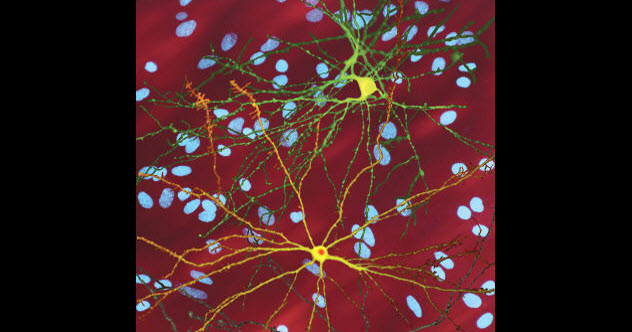
Huntington’s disease affects the nervous system. Sufferers gradually lose the ability to control their movements and think clearly.
The disease is genetic, traceable to the huntingtin gene located on human chromosome 4. Normal versions of the huntingtin gene contain multiple repeats of CAG, a three-letter DNA sequence. In disease-causing versions of the gene, these repeats get out of control. In mutant huntingtin, more than 35 CAGs are present.
In one experiment, scientists introduced a mutant form of human huntingtin into mice. It contained 72 CAG repeats.
One mouse carrying this 72-repeat gene suffered motor problems. It couldn’t complete a beam-crossing test. When dangled by its tail and then returned to the ground, it struggled to find its footing. It also tended to walk in circles.
When scientists performed an autopsy, they found that the mouse’s brain had begun to degenerate, much like the brains of Huntington’s patients.
Scientists have made many other strains of the Huntington mouse, too. Some just contain fragments of the mutant gene or express the gene only in specific brain cells.
2 Autism

People with autism have a difficult time interacting with other people. Some also engage in repetitive behaviors like flapping their hands.
Many different genes contribute to a risk for autism. For example, Cntnap2 plays a role in early brain development.
In one experiment, scientists knocked out the Cntnap2 gene in mice. In these mutants, the brain developed differently. Some brain cells didn’t travel where they were supposed to go. Levels of one kind of brain cell called the interneuron were also reduced.
Mice without the Cntnap2 gene also behaved differently. Many of their behaviors resembled symptoms of human autism. For example, the mutants were less communicative as pups. When separated from their mothers, they gave fewer distress calls.
As adults, mice without the Cntnap2 gene were also less social. When normal mice are presented with an empty tube and a tube containing a mouse, they usually prefer to investigate the tube containing the mouse. But mice without the Cntnap2 gene showed no such preference.
Like many humans with autism, mice without the Cntnap2 gene also engaged in repetitive behaviors. They repeatedly dug at the ground. They also groomed themselves to the point of risking injury.
These mice also responded to the medication risperidone much as humans with autism do. After the mice received the medication, their repetitive behaviors were controlled. But the social problems remained.
1 Schizophrenia
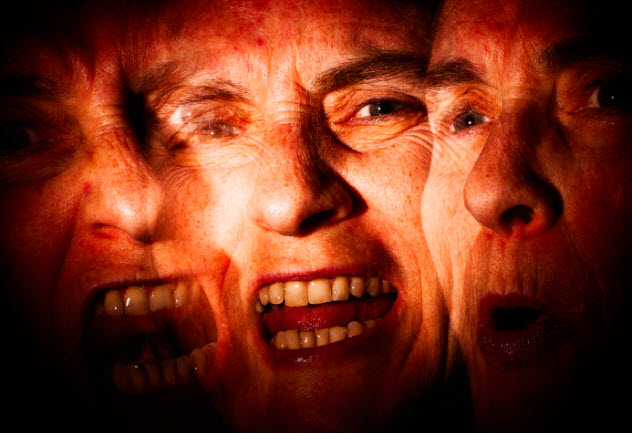
Schizophrenia is a mental illness. Its most famous symptoms are delusions and hallucinations. Less dramatic symptoms include apathy and learning problems.
In people with schizophrenia, the MD neuron, a kind of brain cell, is less active. To recreate this mental difference in mice, scientists blocked the neurons chemically. After this blockage, mice had trouble adjusting to new set of rules for finding food. This difficulty may resemble the sorts of learning problems that people with schizophrenia have.
Schizophrenia also runs in families. Many different genes seem to play a role. In a Scottish family, a mutation in a gene called DISC1 seems to increase risk. To study this connection, scientists introduced a mutant form of DISC1 into mice.
In mice with the mutant DISC1, the brain developed differently. One set of structures called the lateral ventricles became larger than normal. This was particularly true on the left side. These kinds of brain differences are also seen in people with schizophrenia.
Mice with the mutant gene showed other symptoms, too. Sometimes, they were more hyperactive. When given an open field to run in, they scurried around slightly more manically than normal mice did. At other times, the mice were more apathetic. When dropped into a container of water, they put up less of a struggle than normal mice did.
These behavioral differences may have something to do schizophrenia, but scientists aren’t sure.
Whether mice will ever be engineered to display some of schizophrenia’s more famous symptoms—like hearing voices or believing that they are some famous historical figure—is unclear. You may need a human brain for that. But even if a schizophrenic mouse did come to believe that it was Elvis, it wouldn’t be able to tell scientists about it.
Rachel Rodman writes about transplanting weird things into lab mice: gazelle testicles, rat embryos, snow leopard cells, and so on. You can read more at her website, rachelrodman.com.





